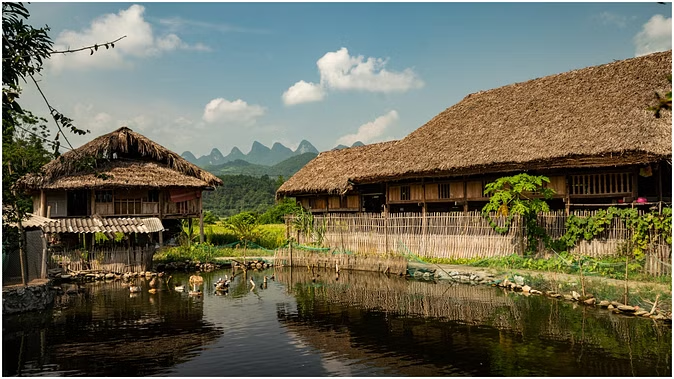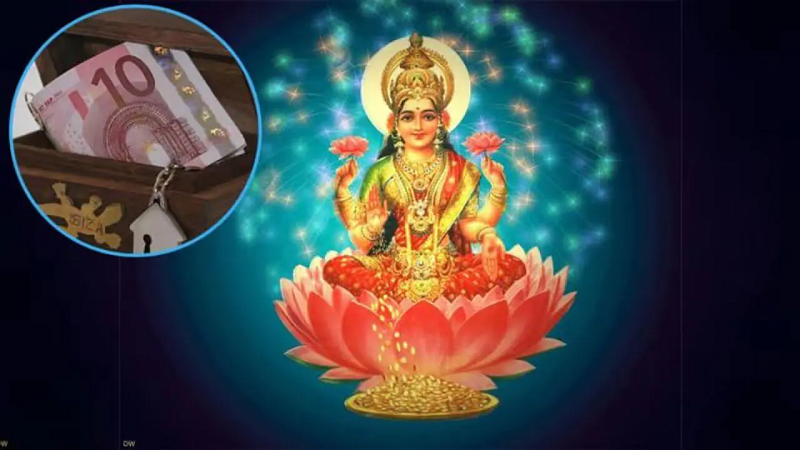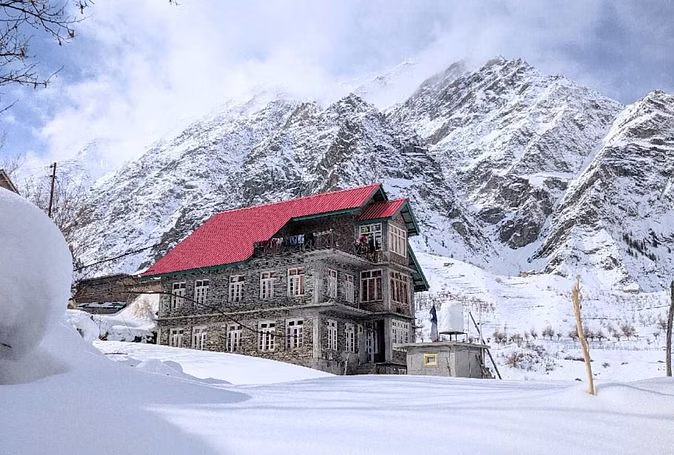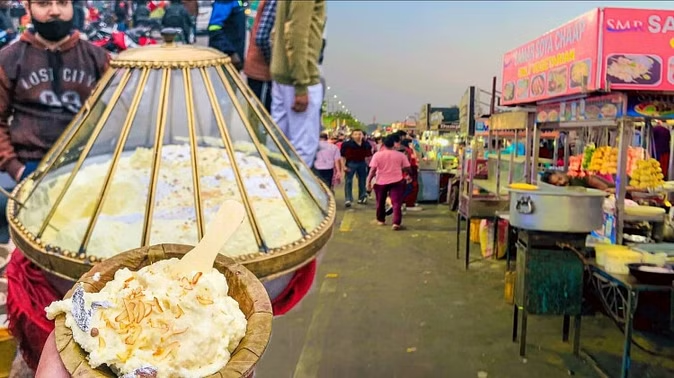In Rajasthan they say, 'Padhaaro Mhare Desh'... This is the wish of every Indian on World Tourism Day, because after agriculture, tourism is the biggest employment providing sector in the country. In the last decade, the path of development and economic progress that India has taken, the tourism industry of the country has played a big role in it. The global rise of the country has established India as the most preferred destination in the eyes of the world. The shine and attraction of Incredible India has established India as a country in the world, which has thousands of years of tradition and history. It is a matter of pride for us that in a time when many flows of culture and civilization are disappearing, the curiosity and interest of the world about Indian culture is continuously increasing. Today, when India is writing a new script of enterprise and development. The tourism sector, which generates 70 million direct and indirect jobs, can play a big role in making India the third largest economy of the world.

In fact, India has all the resources to establish itself in the tourism sector at the global level. The number of foreign tourists who visited India in the last decade is a milestone for any period.
Forbes magazine ranked India 7th in the ranking of the 50 most beautiful countries in the world in August 2023. Talking about Asia and the Pacific region, we are among the top 10 countries where foreign tourists come the most. The number of foreign tourists coming to India is increasing rapidly every year. Talking about the year 2023 alone, 9.24 million foreigners came to India between January and December. This growth is more than 43.5 percent compared to the same period a year ago. The country's tourism industry has shown its strong potential by raising Rs 2.32 lakh crore in the last year. This figure shows a spectacular jump of 65.74 percent compared to the previous year.
However, despite good growth numbers, we cannot deny that the Indian tourism sector also faces many challenges. The biggest challenge that lies before us is the expected development of infrastructure. Certainly, India boasts of a vast range of tourist attractions from historical monuments to natural beauty, but we still face shortcomings ranging from transportation to housing problems at the local level.
Cleanliness of metros and the congested traffic there is also a big problem. This affects the experience of tourists visiting India. Another big challenge is that the expanse of India's culture and heritage is so vast that there are still many areas and places that need to be given importance and promotion in terms of tourism.
Recently, many such studies and reports have come out, which have highlighted many optimistic facts about the growth of the Indian tourism sector and the possibilities related to it. A recent report by the McKinsey agency says that if the growth of the tourism sector continues in this manner, then our domestic market related to this sector will leave Japan and Mexico behind.
By the year 2030, India can become the fourth largest market in the world in this regard. Our government has set a target of earning $56 billion foreign exchange through the tourism industry by the year 2030 and creating 14 crore jobs in the next seven years.

Another target before the country is that the tourism sector contributes 10-11 percent to the global GDP, while in India this contribution is only 5 percent. The government is determined to reach global benchmarks in the coming years. To promote India's tourism and hospitality sector at the global level and to take them to meaningful results, cooperation between all stakeholders including the government and the industry is necessary and we are constantly making efforts for this.
The Ministry of Tourism is constantly engaged in strengthening the tourism sector of the country through various schemes and priorities. The Incredible India campaign is in its third phase. This campaign has played an important role in making India a favorite tourist destination globally.
Like Incredible India, Swadesh Darshan and Prasad Yojana have also benefited a lot.
Under the schemes, the government has completed 120 projects at a cost of more than Rs 6,800 crore. While 57 new destinations have been notified under Swadesh Darshan 2.0, the new grandeur of many old centers of faith and heritage is attracting tourists from all over the world.
The world's largest National Museum of Eradic India is going to be built in the country's capital Delhi. It will have eight thematic segments, which will narrate the history of India for 5,000 years. Today there is an unprecedented atmosphere of enthusiasm and confidence in the whole country.
(PC: Freepik)










